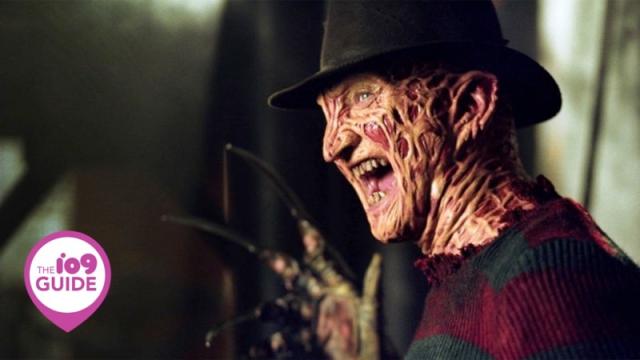Monsters lurk everywhere in pop culture — novels, comic books, TV shows, urban legends — but today, we’re focusing on killers who were born in the movies. For this io9 guide, we picked cinema’s biggest, most evil slasher-movie baddies… plus a few cult favourites, too.
Freddy Krueger
First appearance: A Nightmare on Elm Street (1984)
Inspiration: Wes Craven got the idea for a killer who stalks his victims in their dreams after reading a series of articles in the LA Times about a cluster of young men plagued with horrible nightmares who died in their sleep. The name also had significance for the horror master, who had faced a bully named Krueger in his youth. (Notably, the brutal antagonist in Craven’s debut film, The Last House on the Left, is named “Krug.”) Freddy’s creepy figure was further inspired by the young Craven’s encounter with a mean-spirited prankster:
There was a particular man who scared me when I was little. He was a drunk that came down the footpath and woke me up when I was sleeping. I went to the window wondering what the hell was there. He just did a mind-fuck on me. He just basically somehow knew I was up there, and he looked right into my eyes. I went back and hid for what for what I thought was hours. I finally crept back to the window, and he was still there … I woke up my big brother; he went down with a baseball bat — and nobody was there. Probably the guy heard him coming and ran; he was drunk, having a good time. But the idea of an adult who was frightening and enjoyed terrifying a child was the origin of Freddy.
Powers: Enters dreams, armed with the specific knowledge of what terrifies each intended victim the most… and murders them accordingly, sometimes (but not always) using his razor-sharp glove.
Weaknesses: Puns, corny one-liners
Favourite victims: Elm Street teens
Most embarrassing moment: Freddy raps (unconvincingly) in the Fat Boys’ “Are You Ready For Freddy?”, the end-credits jam from A Nightmare on Elm Street 4: The Dream Master:
Second place goes to the 2010 remake, though.
Scare factor: A Nightmare on Elm Street is plenty spooky, but once Freddy became a joke-slinging pop-culture property, his ability to cause any actual nightmares basically vanished.
Fun fact: Actor Robert Englund, who achieved horror immortality by playing Freddy Krueger in every Nightmare except the re-do, was instrumental in getting Mark Hamill his own career-making part. In a 2014 interview with Yahoo, Englund recalled reading for Han Solo. Though he didn’t get the role, he had an idea for one of the other parts that was then being cast:
I went home and told a little kid that was sleeping on my couch, after a six-pack of Heineken, all about [Star Wars], and his name was Mark Hamill. I said, “Hey, Lucas is doing this space movie. Maybe you’re right for it. The lead guy’s like a teenager…” So Mark got on the phone to his agent and I think he went up the next day. He nailed it, and the rest is history.”
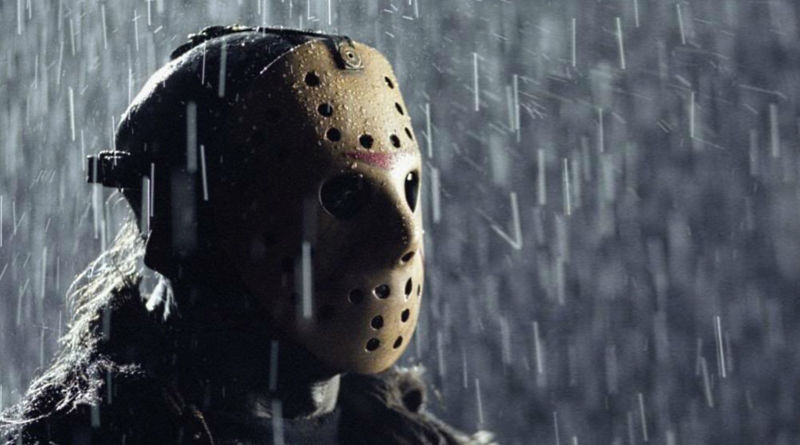
Jason Voorhees (and his mother, Pamela)
First appearance: Friday the 13th (1980). As every slasher fan knows, the first film’s villain is actually Jason’s mother, whose grief over her son’s death at summer camp turns her into a vengeful maniac. Mum loses her head in the climactic battle scene, but Jason appears at the very end of the movie — lunging out of Crystal Lake, where he’d apparently been hiding all along — and would take over the maniac mantle for the rest of the series.
Inspiration: The success of 1978’s Halloween convinced producer-director Sean S. Cunningham (who’d worked with Craven on Last House on the Left) to give the slasher genre a try; setting the tale on the inherently sinister Friday the 13th was an inspired update to the original title: A Long Night at Camp Blood.
Powers: Jason gets “killed” at the end of every movie (except the first; also, he’s only in part four, A New Beginning, in the form of a copycat killer and as a figment of the protagonist’s haunted imagination), but manages to resurrect himself every time. The super-powered machete man will soon be back at it: there’s a new Friday the 13th instalment due in October 2017.

Weaknesses: Sweater fan Pamela, who was unfortunately all too mortal, is Jason’s biggest and maybe only weakness. His emotional confusion at believing he’s seeing his beloved mother alive again temporarily stalls his urge to kill, as seen at the end of Friday the 13th Part 2 and in the 2009 reboot.
Favourite victims: Horny teenagers
Most embarrassing moment: Friday the 13th Part VIII: Jason Takes Manhattan, which failed to live up to its hilarious/amazing title in every way. Most of the movie takes place on a boat… and there are precious few scenes actually set (or even shot) in New York City.
Scare factor: The Friday the 13th movies were always more about crafting the most creatively gross death scenes possible — going back to make-up master Tom Savini’s work on the first film — than serving up actual scares. However, the oh-shit-Jason-is-coming sound-effect cue (“Ki-ki-ki-ma-ma-ma…”) is legitimately chilling, no matter how silly the movies get otherwise.
Fun fact: Legendary director David Cronenberg briefly appears in Jason X, the one where Jason goes to space. Jason X director James Isaac got his start in special effects, and he’d worked with Cronenberg on movies like The Fly and Naked Lunch. In 2013, Cronenberg explained why he’d signed on for the cameo:
Well, it’s a favour that I did for the director, and also to continue to connect with him because we had a relationship. And also it was in Toronto, so it was easy. If it had required me to go away for a couple of weeks I wouldn’t have done it. But it was easy, and it was fun, and a lot of the people I knew were working on it, so on that level it was just a lot of fun.
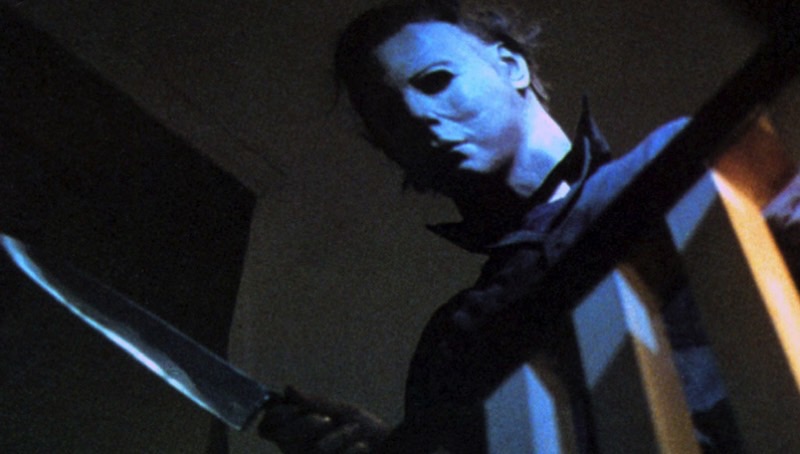
Michael Myers
First appearance: Halloween (1978)
Inspiration: John Carpenter figured that everyone had a babysitter, or had been one, or at least knew what a babysitter was, so he called his slasher script, co-written with Debra Hill, The Babysitter Murders. Producer Irwin Yablans is credited with upping the ante by changing the title and setting the movie on Halloween night.
Powers: Unkillable. Also able to catch up to a person who is full-on sprinting away, even though he never accelerates past a very purposeful walking speed.
Weaknesses: His sisters
Favourite victims: Also his sisters, though horny teenagers will do in a pinch
Most embarrassing moment:
John Carpenter wasn’t a fan, either.
Scare factor: Like A Nightmare on Elm Street, the first Halloween is very scary, but the sequels provide only diminishing returns. The Halloween series is greatly helped along by Carpenter’s iconic soundtrack. On his website, Carpenter talks more about the score, which took two weeks to record and was inspired largely by Bernard Hermann’s Psycho score:
We were working in what I call the “double-blind” mode in 1978, which simply means that the music was composed and performed in the studio, on the spot, without reference or synchronisation to the actual picture… Halloween’s main title theme was the first to go down on tape. The rhythm was inspired by an exercise my father taught me on the bongos in 1961, the beating out of 5-4 time. The themes associated with Laurie (Jamie Lee Curtis) and Dr. Loomis (Donald Pleasence) now seems to be the most Herrmannesque. Finally came the stingers. Emphasising the visual surprise, they are otherwise known as “the cattle prod”: short, percussive sounds placed at opportune moments to startle the audience. I’m now ashamed to admit that I recorded quite so many stingers for this one picture.
Fun fact: Lindsey Wallace, one of the two kids Jamie Lee Curtis is stuck babysitting on Halloween night, is played by future Real Housewives of Beverly Hills star Kyle Richards.
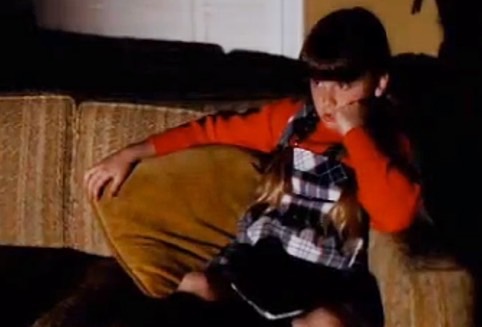
“Of all the movies and TV shows I’ve done, that’s probably the movie that people mention the most to me,” she told Bravo in 2014. “It has such a following, it’s unbelievable.”
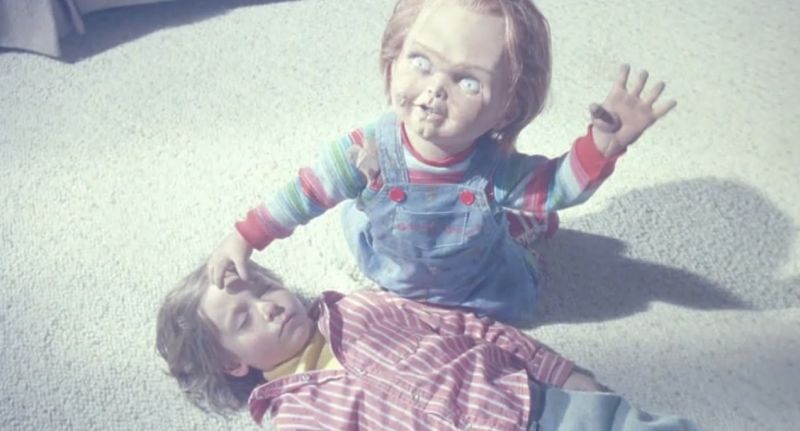
Chucky
First appearance: Child’s Play (1988)
Inspiration: Robert the Haunted Doll
Powers: He’s a serial killer trapped in a doll’s body, so he’s extremely good with a knife…
Weaknesses: …though he has some nome notable size limitations. He’s also very fond of one-liners (delivered perfectly by Brad Dourif, who has voiced the character in every film).
Favourite victims: In the first movie he’s trying to transfer his soul into a human body, preferably the little kid who happens to be the unfortunate owner of the cursed Chucky doll, so he basically wastes anyone who gets in his way. This same theme recurs throughout the series.
Most embarrassing moment:
Scare factor: The first movie is actually kinda disturbing. But unlike other slasher series, Child’s Play had the smarts to realise its core concept was actually hilariously ridiculous — and embrace its cheese factor as the sequels ticked by. Camp icon John Waters even appears in part five, Seed of Chucky.
Fun fact: The long-rumoured Child’s Play 7 is still in the works, according to writer and creator Don Mancini’s lively Twitter feed:
STORYBOARDING #Chucky7. Glen doubling Chucky. @angelnorelation doubling… ? pic.twitter.com/0NF71BQWmo
— Don Mancini (@RealDonMancini) September 30, 2016
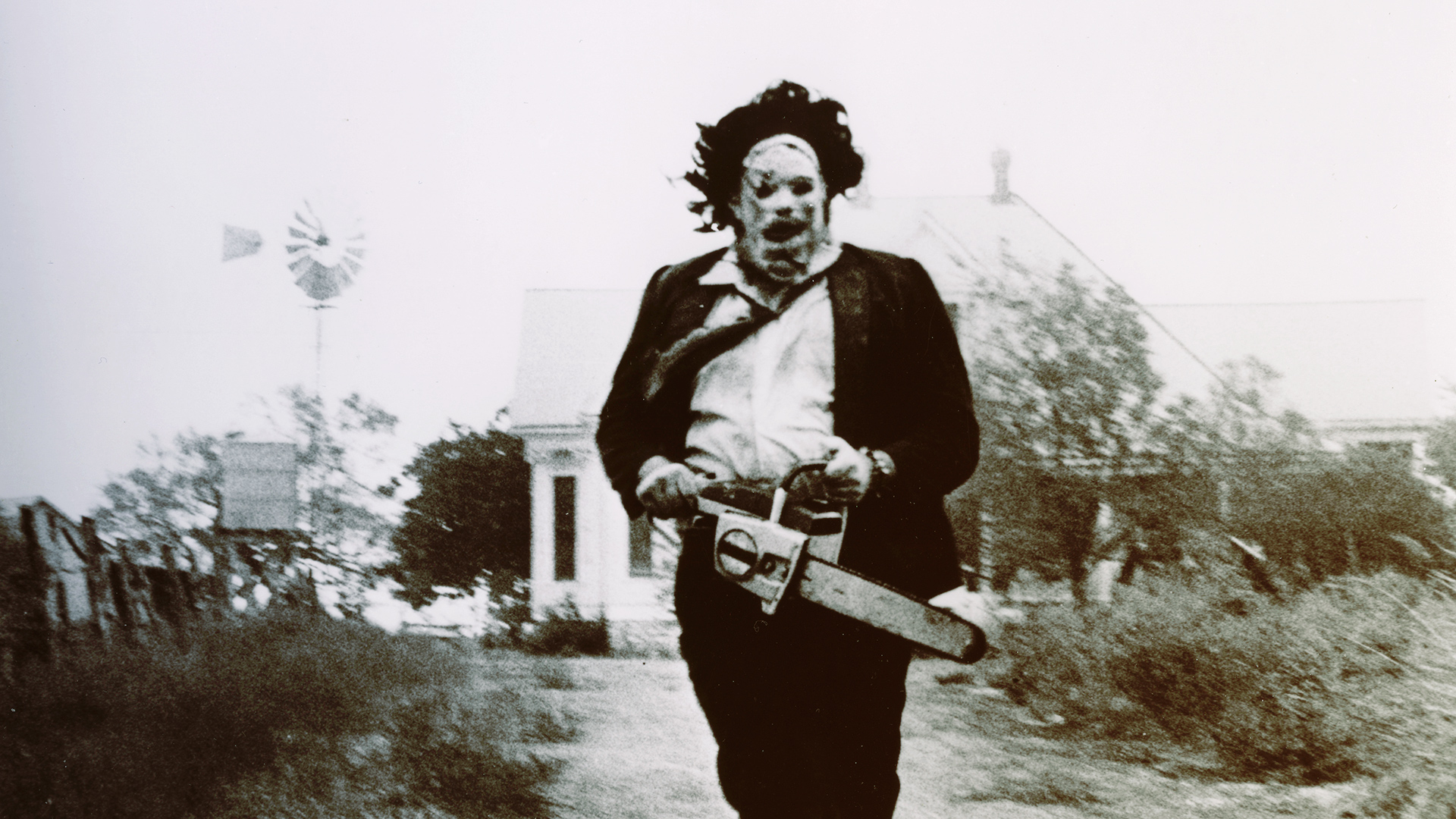
Leatherface
First appearance: The Texas Chainsaw Massacre (1974)
Inspiration: The first movie opens with the suggestion that it will be a retelling of “one of the most bizarre crimes in the annals of American history,” but it’s a purely fictional tale. Certain elements were, however, inspired by the Ed Gein case, which also informed Psycho. One of those elements is Leatherface’s signature human-skin mask; another is his taste for human flesh.
Powers: A+ brute strength; also really, really good with a chainsaw
Weaknesses: Easily manipulated, by both bossy family members and crafty radio DJs in short shorts:
Favourite victims: Trespassers, barbecue rivals
Most embarrassing moment: Texas Chainsaw: The Next Generation is remembered mostly because young, up-and-coming Texas actors Renee Zellweger and Matthew McConaughey appear in it. Nobody really talks about the way Leatherface is portrayed:

Scare factor: I submit this scene, from the 1974 original, as one of the scariest things ever captured on film. The door slamming just makes it even eerier:
Fun fact: The house used in the first film is a now a charming-looking eatery in Kingsland, Texas.

Ghostface
First appearance: Scream (1996)
Inspiration: The costume is inspired by The Scream, created in 1893 by Expressionist artist Edvard Munch. The character is inspired by every slasher-movie killer that came before it, as the self-referential film is careful to point out. The crimes are loosely inspired by a series of murders committed by “The Gainesville Ripper.”
Powers: Slick prank-calling skills; swift with a knife; encyclopedic knowledge of horror movie plots; usually has an accomplice and can therefore be in two places at once
Weaknesses: Since Ghostface (whose true identity changed throughout the series) is a human, he or she can be killed just as easily as any puny victim.
Favourite victims: Woodsboro high-school students, and/or anyone in the orbit of danger magnet Sidney Prescott
Most embarrassing moment: Most embarrassing moment… or most amazing moment?
Scare factor: Scream had a killer script that both embraced and poked fun at the slasher genre. But since it was directed by Wes Craven, it’s also got some genuine frights. Subsequent films wouldn’t capture this quite so well, though Scream 2 has a few throat-grabbers too.
Fun fact: On MTV’s Scream show, Ghostface has a slightly different look.
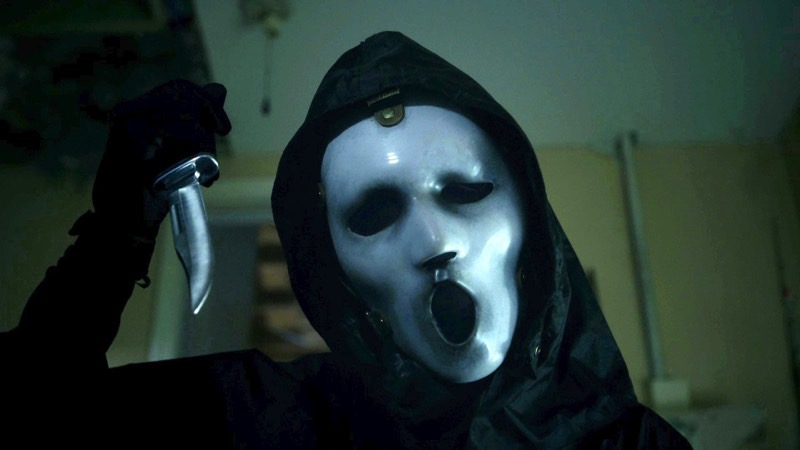
Executive producer Jamie Paglia told MTV the reasoning behind the change:
It felt like if we were going to do a show that one of the most iconic things about the series should also change, just to let everybody know this is an updated story line that’s going to have its own world, its own characters, and we’re not going to be beholden to any of those threads from feature films.

Jigsaw
First appearance: Saw (2004)
Inspiration: Creators Leigh Whannell and James Wan met in film school and knew they wanted to make a low-budget horror film together. They had a series of ideas, but one really stuck, as Wan told the AV Club:
The third [idea] that luckily Leigh really latched onto was a really simple concept about two guys in a room, and lying between them was a dead body on the floor. They have a gun and a tape player. And I said to Leigh, “I don’t know what happens from there, but I do know at the end, da-da-da happens.” I knew there was a twist at the end, but all that stuff in between, I had absolutely no idea what happened. And Leigh goes, “Hm, maybe something there…” And then he went off and thought about it. The first thing he did was call me back and he said, “James, I haven’t fully worked anything out, but I thought of a title for it. It’s called Saw.” [Laughs.]
Powers: There have been seven Saw movies, with an eighth on the way, so there’s been plenty of time to fill in the backstory of John “Jigsaw” Kramer, a cancer patient who subjects his victims to sadistic tests and traps that often require them to hurt themselves or someone else. Basically, he’s a master of mindfuckery.
Weaknesses: Cancer, insatiable thirst for revenge
Favourite victims: People who take their lives for granted; people incapable of making uncomfortable choices
Most embarrassing moment: Is Jigsaw capable of embarrassment? He is a goddamn cool customer. He’s certainly capable of rigging up a device to allow one man to drown another man in maggoty pig guts.
Scare factor: The Saw movies are relentlessly gruesome — there’s a reason they’re often labelled “torture porn” — which means they tend to be more stomach-turning than scary.
Fun fact: Billy the Puppet, Jigsaw’s sinister avatar, has a cameo in Insidious. Both Saw and Insidious were directed by Wan, who went on to make The Conjuring and Furious 7.
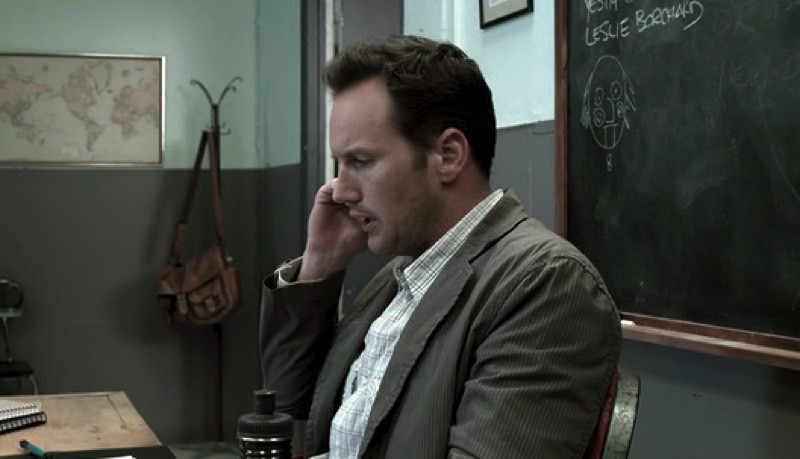
Leprechaun
First appearance: Leprechaun (1993)
Inspiration: Lucky Charms (seriously)
Fun fact: Take it away, Brian Trenchard-Smith, director of Leprechaun 3 and Leprechaun 4: In Space, with your idea for a fifth Leprechaun movie:
“I proposed Leprechaun in the White House, where a giant Independence Day spaceship suddenly appears over the White House and spits down a block of ice,” he elaborates. “The Leprechaun thaws and gets into the crawlspace and the air conditioner ducts and [there is a] dysfunctional, but positively portrayed first family — because I was a Clinton supporter. But they said, ‘No, you’re getting too wacky.’ 18 months after I proposed the idea, the Monica Lewinsky scandal broke so I left a voicemail on the relevant executive’s direct line and said, ‘Hi, remember me and my Leprechaun in the White House idea? Wouldn’t you like to have 1200 prints right now?’ I never got a reply.”
Your reward for reading this far, a crucial scene from the actual fifth Leprechaun movie, Leprechaun in the Hood:
